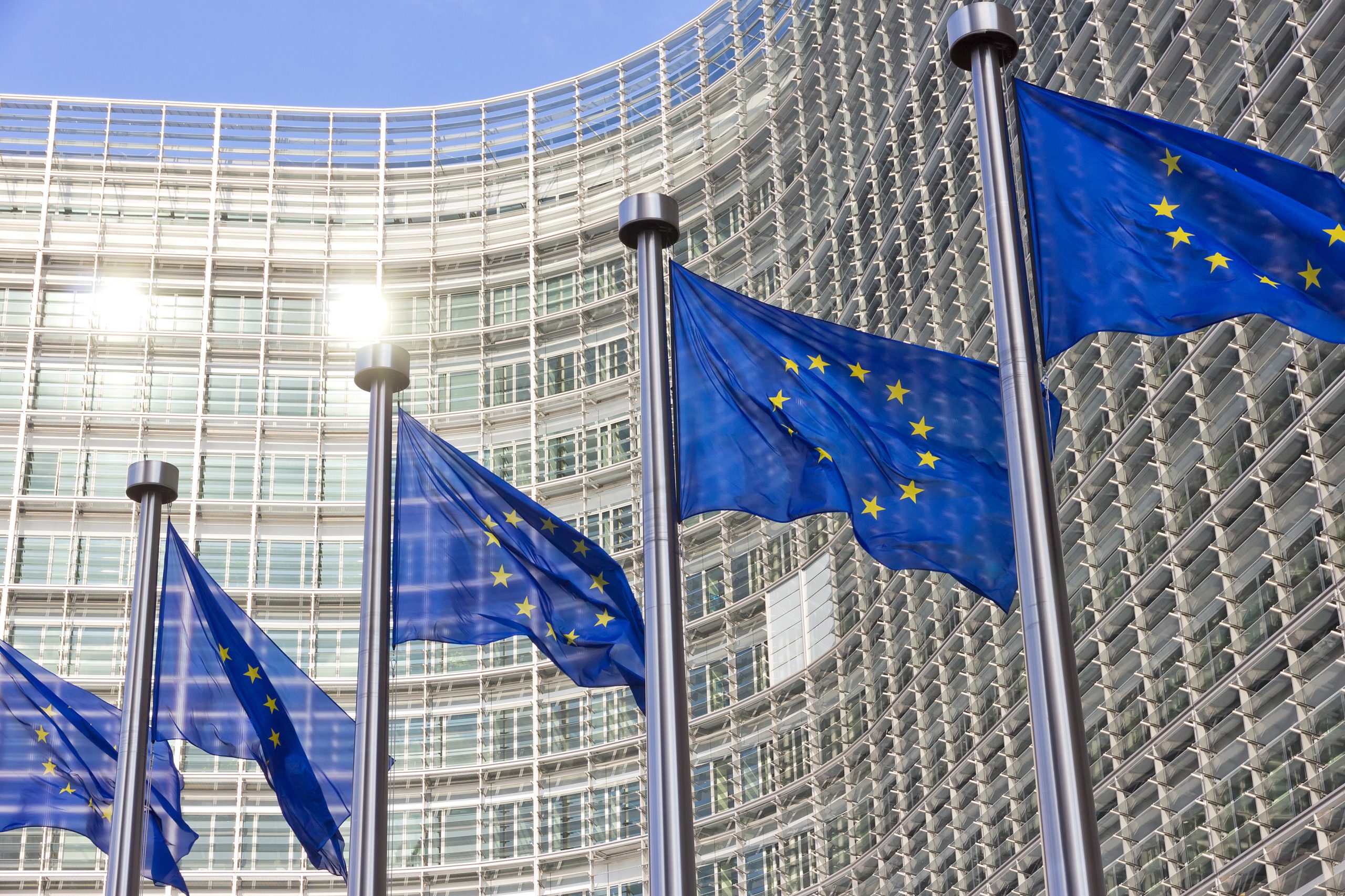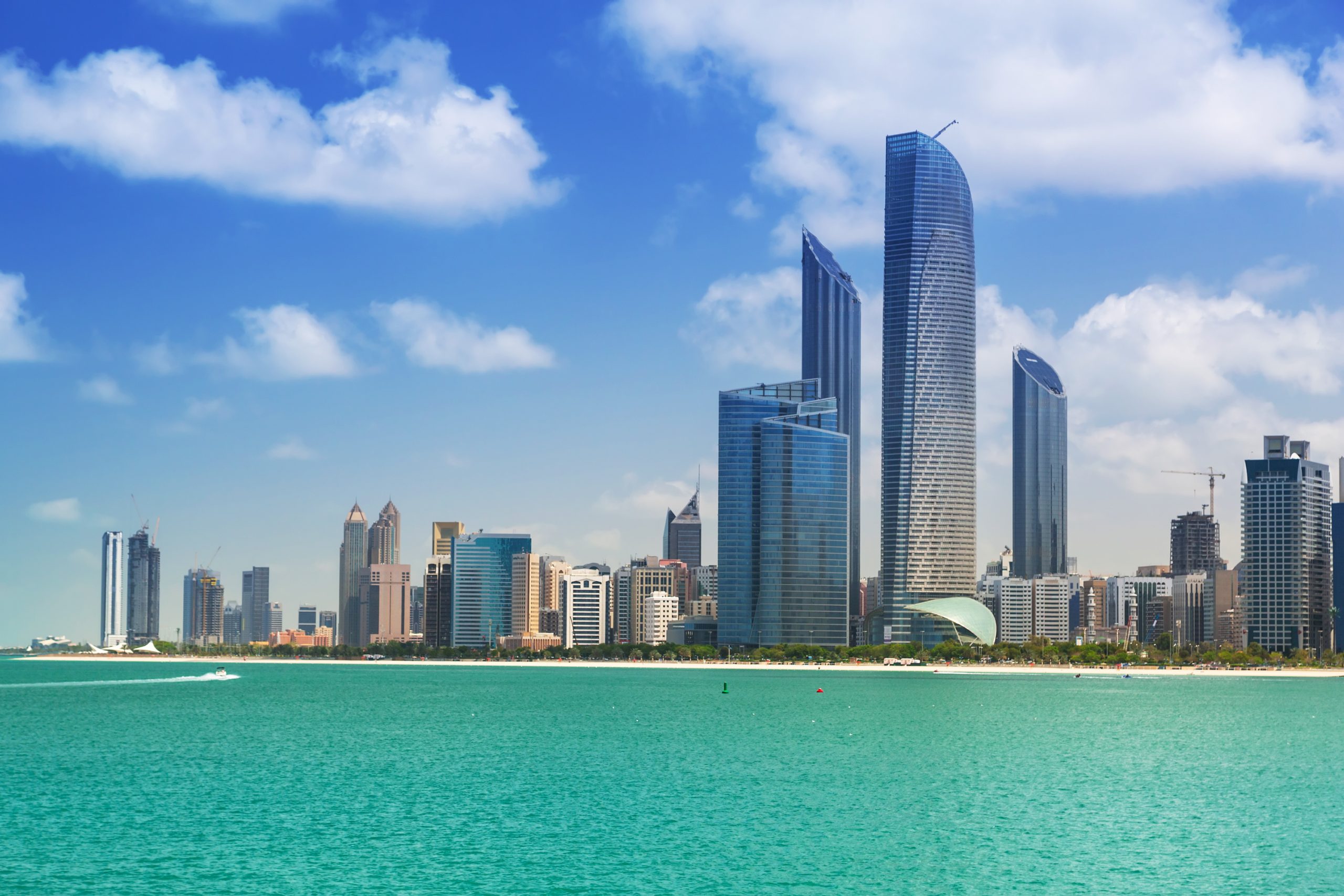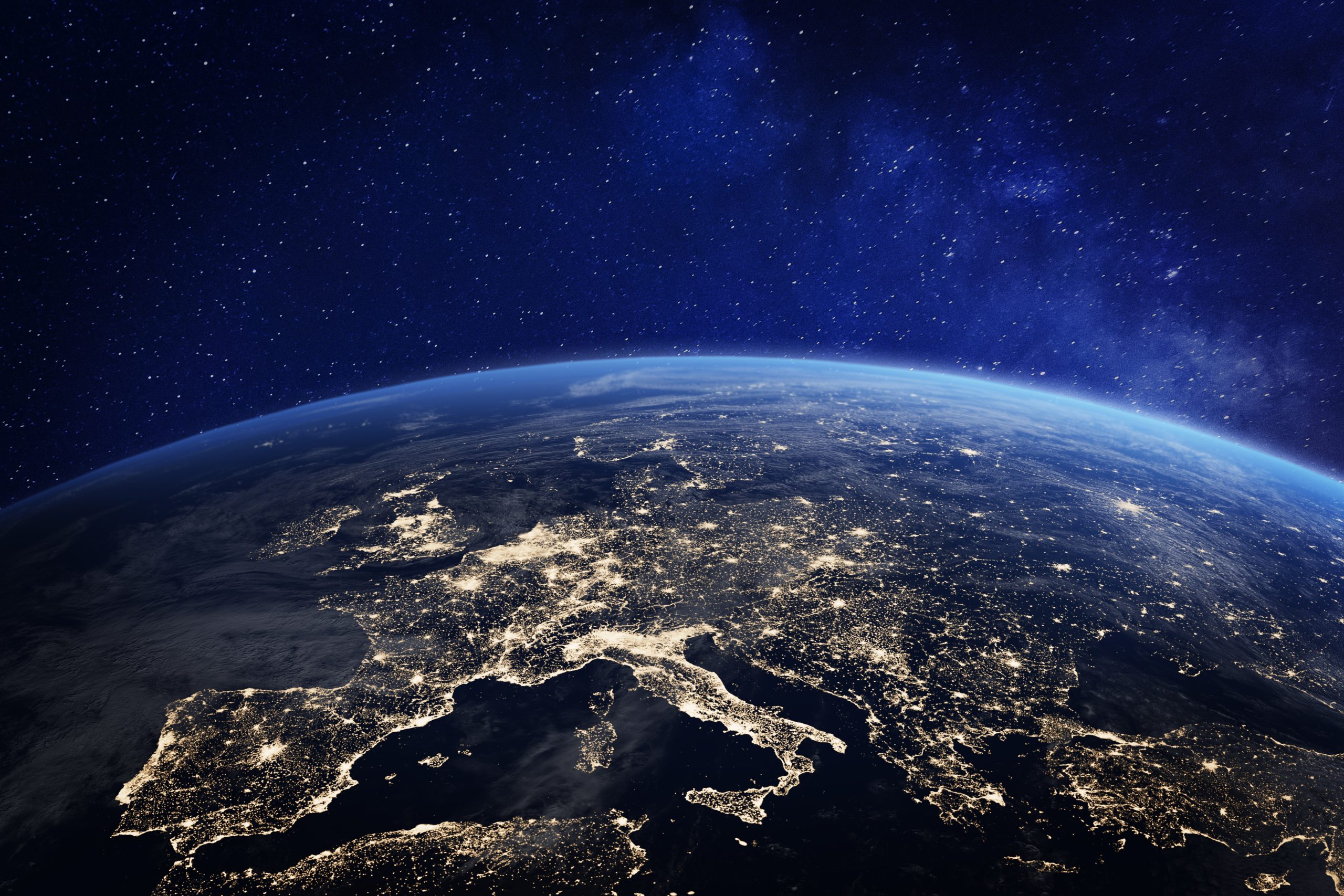Hydrogen is Key Building Block in Europe’s 2040 Climate Targets

The European Commission published its Communication setting EU targets for the reduction of greenhouse gases emissions by 2040. The new targets will bridge the gap between the 2030 climate targets and the 2050 Net Zero target by defining key measures to reach a net reduction of 90% of emissions – compared to 1990 levels – by 2040.
Under the impact assessment, hydrogen is set to play a key role in the decarbonization of hard to abate industry and transport, with production of 20 to 35 million tons (Mt) of renewable-based hydrogen expected by 2040, depending on the chosen scenario.
This would represent up to 10% of the final energy demand, increasing to at least 16% by 2050, demonstrating the fundamental role it will play in the energy transition with nearly one fifth of market share.
“The Communication proposes a set of good measures that will put the work of the next Commission on the right track. However, hydrogen’s role in providing flexibility solutions and advancing sectorial integration should not be undermined by any preference for an electrification-only scenario. Only by developing hydrogen and electricity infrastructure together will we have a chance at decarbonizing all sectors by 2050,” explained Daniel Fraile, Chief Policy Officer at Hydrogen Europe.
It is alarming that the communication and assessment unfortunately fail to consider other key roles for hydrogen, such as in long-term seasonal storage, power production and heavy-duty road transport.
Moreover, the model only accounts for 3Mt of hydrogen by 2030, far lower than the 10Mt objective presented in the 2020 Hydrogen strategy and below the combined targets presented in the draft National Energy and Climate Plans.
Meeting any of the proposed 2040 climate targets will depend on Europe’s capacity to meet its 2030 goals – more than twice the 3Mt number – under Fit for 55 legislation, which establishes binding targets for the use of hydrogen and low-carbon fuels in industry and transport.
Meeting those targets will depend on the determination of European institutions and individual Member States to accelerate the creation of the hydrogen market with sufficient state-aid and the right market support mechanisms to unlock private capital.
Hydrogen Europe will continue working with committed stakeholders to establish the right framework conditions for the necessary investments to materialize and put Europe on track towards its 2030 goals, preparing to meet and exceed our 2040 ambitions.
Hilcona will become the first company in Liechtenstein to use a lorry powered by hydrogen. The food manufacturer intends to reduce its carbon emissions as a result. Each year, these lorries enable carbon dioxide savings of up to 80 tons.
Along with its parent company Coop, Hilcona will in future be employing a hydrogen powered lorry owned by F. Murpf AG. The Solothurn logistics company is among the seven companies in Switzerland to receive one each of the world’s first mass-produced hydrogen heavy-duty fuel cell lorries at the start of October. South Korean vehicle manufacturer Hyundai made them specifically for the test market of Switzerland.
The Schaan-based food manufacturer will be able to employ this lorry to reduce the carbon emissions of its transportation flows. “Hydrogen is an amazing way to transport our high-quality food in a cost-effective way without emissions in future,” said Andri Schwerzmann, Head of Distribution at Hilcona AG, in a company press release.
The hydrogen is produced from renewable electricity. Water is the only byproduct of the fuel cell, which generate the electricity to power the lorry. The vehicle saves up to 80 tons of carbon emissions per year.

